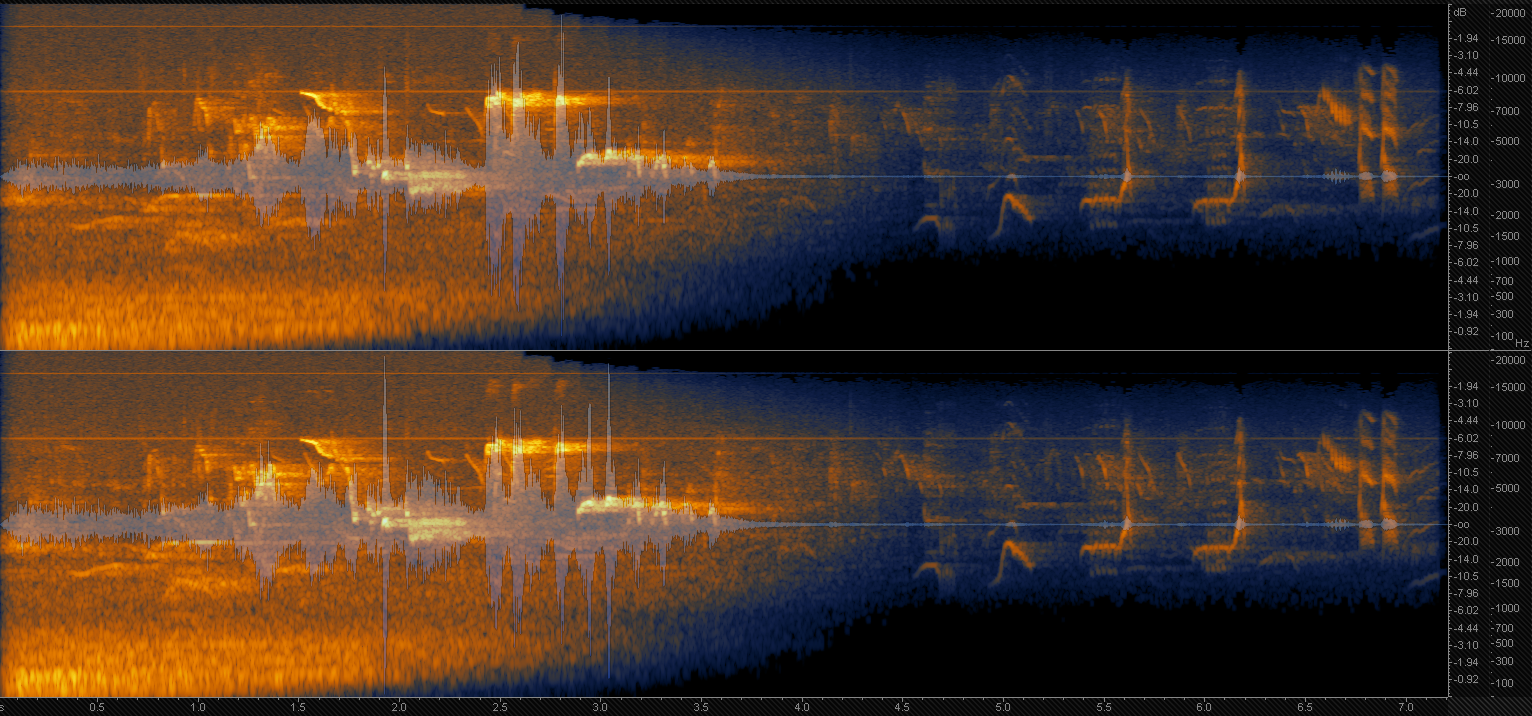Soundscaping in architectural design: Noise reduction techniques
In the hustle and bustle of urban environments, noise pollution can significantly impact the quality of life and productivity of occupants. Soundscaping, the art and science of designing spaces with sound in mind, offers innovative noise reduction techniques to create quieter, more comfortable environments. Here’s an exploration of how soundscaping is integrated into architectural design to manage and mitigate noise.
1. Understanding Soundscaping
What is Soundscaping?
- Definition: Soundscaping involves the strategic use of design elements to control and enhance the acoustic environment within a building or space.
- Purpose: The goal is to reduce unwanted noise while enhancing desirable sounds, creating a balanced auditory environment.
2. Architectural Techniques for Noise Reduction
Sound Barriers:
- Walls and Partitions: Using dense, sound-absorbing materials in walls and partitions to block sound transmission between spaces.
- Double Glazing: Installing double or triple-glazed windows to reduce external noise infiltration.
Acoustic Panels:
- Ceiling and Wall Panels: Integrating acoustic panels made from sound-absorbing materials to dampen noise and reduce reverberation.
- Design Aesthetics: Choosing panels that blend with the interior design to maintain aesthetic appeal while improving acoustics.

3. Innovative Materials and Technologies
Sound-Absorbing Materials:
- Acoustic Foam: Utilizing foam panels in various shapes and sizes to absorb sound waves and reduce echo.
- Green Materials: Employing sustainable materials such as recycled rubber, cork, and natural fibers for environmentally friendly soundproofing.
Active Noise Control:
- Noise-Canceling Systems: Implementing active noise control systems that use sound waves to cancel out unwanted noise.
- Smart Technologies: Incorporating smart sensors and adaptive systems that adjust acoustic properties in real-time based on environmental noise levels.
4. Designing for Acoustic Comfort
Spatial Planning:
- Zoning: Arranging noisy and quiet areas strategically within a building to minimize sound transfer.
- Buffer Zones: Creating buffer zones such as lobbies and corridors to isolate noise-generating spaces from quieter areas.
Floor and Ceiling Treatments:
- Floating Floors: Installing floating floors with resilient layers to reduce impact noise and vibration transmission.
- Acoustic Ceilings: Using suspended ceilings with sound-absorbing tiles to improve overall room acoustics.
5. Case Studies and Real-World Applications
Exemplary Projects:
- The Soundscape, New York City: An urban park designed with sound-absorbing features to create a tranquil oasis amidst the city’s noise.
- The European Space Agency, Netherlands: Offices equipped with advanced acoustic treatments and noise-canceling technologies to ensure a quiet working environment.
6. Outdoor Soundscaping Solutions
Urban Green Spaces:
- Green Walls and Roofs: Implementing vegetation-covered walls and roofs to absorb sound and reduce noise pollution in urban areas.
- Water Features: Adding fountains and water features to mask unwanted noise with the soothing sound of running water.
7. Future Trends in Acoustic Design
Integrated Soundscaping:
- Holistic Design: Embracing an integrated approach that considers acoustics from the early stages of architectural design.
- Personalized Acoustics: Developing personalized acoustic environments using advanced technology to cater to individual preferences and needs.
Sustainable Acoustics:
- Eco-Friendly Materials: Innovating new sustainable materials for soundproofing that are both effective and environmentally responsible.
- Energy Efficiency: Designing acoustic solutions that also contribute to the building’s energy efficiency, such as insulating materials that provide both thermal and acoustic benefits.
Conclusion
Soundscaping is a crucial aspect of architectural design, particularly in our increasingly noisy urban environments. By employing innovative noise reduction techniques and materials, architects can create spaces that are not only visually appealing but also acoustically comfortable. As technology and materials continue to advance, the future of soundscaping promises even more effective and sustainable solutions for managing noise and enhancing the quality of life for building occupants.



